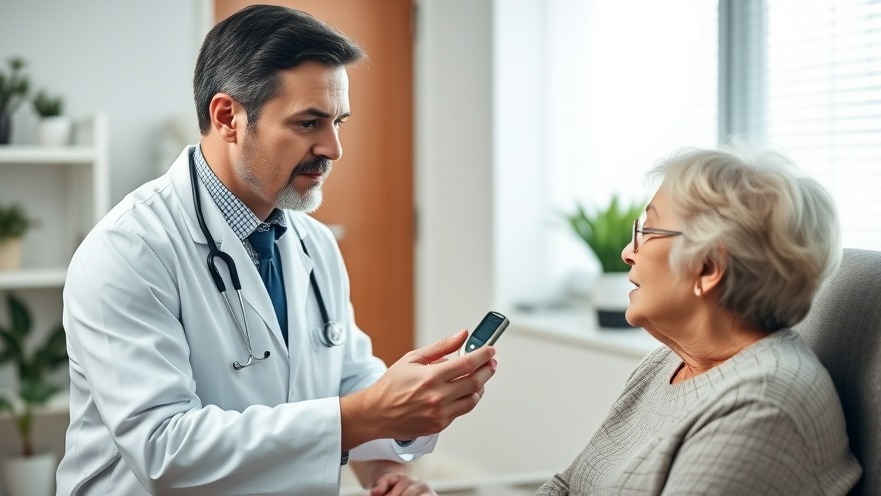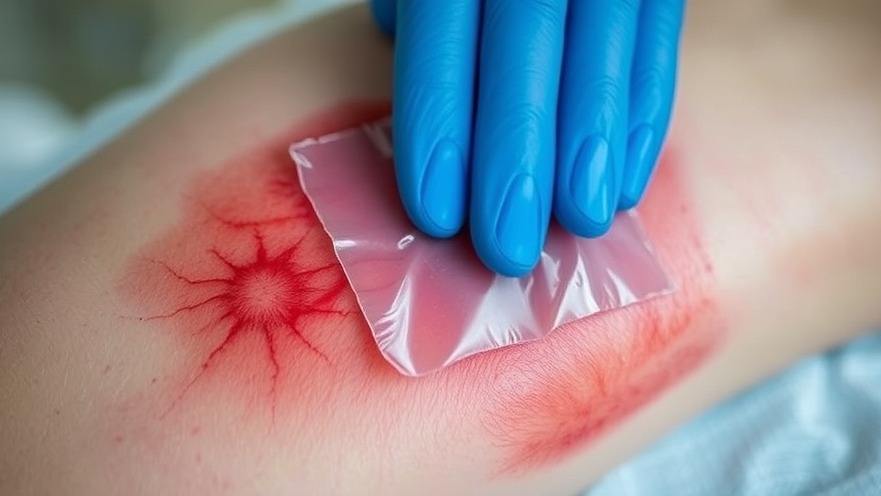
Understanding the Crossroads in Diabetes Care
The landscape of diabetes management is rapidly evolving, driven by technological advancements that aim to enhance patient care and clinician workflows. At the forefront of this transformation are tools like continuous glucose monitoring (CGM) and artificial intelligence systems that can analyze vast amounts of data generated by diabetes devices. For clinicians, these tools present a dual-edged sword. While they offer crucial insights, the overwhelming amount of data can lead to burnout—an alarming trend among healthcare providers.
Data Fatigue: A Shared Experience
Clinicians are not the only ones feeling the brunt of technological overload. Patients with diabetes echo similar sentiments of data fatigue. Many report that the constant monitoring of glucose levels can feel like an unending test, leading to emotional distress. As one patient aptly put it, "Every glucose reading feels like a test I can fail." This emotional burden emphasizes the need for a more intuitive integration of data into daily diabetes management to reduce the feeling of being overwhelmed and foster a more supportive healthcare experience.
The Complexity of Clinician Workflows
One of the significant challenges faced by diabetes care providers is managing the complexity of patient data. A single patient utilizing a CGM can generate around 288 data points daily. When multiplied by dozens of patients, the sheer volume of data becomes unmanageable. Many healthcare providers report feeling swamped by the extensive bureaucratic tasks and extended work hours stemming from the demand for data analysis. These factors contribute to burnout rates in endocrinologists that are concerning—reported to be as high as two-thirds of the field.
Leveraging Technology for Actionable Insights
For technology to provide real value, it must offer actionable insights rather than just raw data. The importance of connected care cannot be understated. Evidence suggests that cohesive systems, which integrate user-generated data with clinical decision-making, lead to substantial improvements in diabetes outcomes, including reductions in HbA1c levels and decreased instances of hypoglycemia. This model not only enhances patient outcomes but also streamlines clinician workflows, enabling them to focus on personalized care delivery.
Streamlining Integration: Keys to Success
One of the primary hurdles hindering the adoption of innovative digital solutions in diabetes care stems from poor integration with clinicians' workflows. Only 40% of digital diabetes solutions see active clinical use, primarily due to their impracticality in real-world settings. Thus, ensuring interoperability through electronic health record (EHR) integration can ease the transition into using these tools. A user-friendly interface and seamless integration can minimize the barriers clinicians face, making technology a supportive rather than an obstructive force in diabetes management.
The Future of Diabetes Management
As we look to the future, the potential for connected care in diabetes management is immense. The systematic integration of technology can change the narrative of diabetes care from one of fatigue and burnout to one of empowerment and engagement for both providers and patients. It’s imperative for healthcare leaders to advocate for tools that are not only sophisticated but also intuitive and user-centric. With a focus on creating simpler, more effective solutions, we can usher in a new era of diabetes management that prioritizes wellbeing and meaningful engagement.
The insights shared by both clinicians and patients are invaluable as they shape the digital instruments on the horizon. As healthcare providers, the onus is on us to advocate for technology that seamlessly fits into our lives, reducing our workload while enhancing care quality. In this ever-competitive healthcare landscape, embracing innovation with a patient-first approach will ultimately secure a practitioner’s standing in the community.
 Add Row
Add Row  Add
Add 




Write A Comment